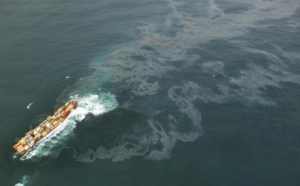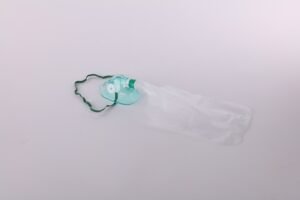Centrifuge tube is a common laboratory supplies, mainly with centrifuge.You put the test liquid in it, and then you put it in a centrifuge.
According to the different material can be divided into plastic and glass, the centrifugal pipe of plastic more, and can be divided into PP, PC, PS, etc., according to different needs, the manufacturer will choose different plastic materials to make.
According to its size, it can be divided into 1.5ml, 2ml, 5ml, 10ml, 15ml, 50ml, etc. Homemade centrifuge tubes are generally these specifications, and the ones that are commonly used are 10ml and 50ml.If your centrifuge is equipped with a 30ml or other centrifuge tube, consider importing it.In addition, the centrifuge tube has a round bottom and a pointed bottom, as well as a spiral cover and plug cover.The spiral cover of the centrifuge tube with a more detailed scale, the cover only a total capacity indicator.
The centrifuge tubes commonly used in the laboratory are plastic and glass, generally plastic is used more, because the glass centrifuge tubes can not be used in high-speed or overspeed centrifuges.Plastic centrifuge tube and PP (polypropylene), PC (polycarbonate), PE (polyethylene) and other materials.PP pipe performance is relatively good.Plastic centrifuge tube transparent or translucent, you can see the sample centrifugal situation, but relatively easy to deformation, corrosion resistance of organic solvents is poor, so the service life is short.As a result, centrifuge tubes are often purchased in laboratories.The following is a description of the various materials.
PP (polypropylene) : translucent, good chemical and temperature stability, but at low temperature will become brittle, so do not centrifuge below 4℃.
PC (polycarbonate) : good transparency, high hardness, can be high temperature disinfection, but not resistant to strong acid and alkali and some organic solvents such as alcohol.It is mainly used for ultra-high speed centrifugation above 50,000 RPM.
PE (polyethylene) : Opaque.It does not react with acetone, acetic acid, hydrochloric acid, etc. It is relatively stable and becomes soft easily at high temperature.
PA (polyamide) : This is a polymer made of PP and PE, translucent, chemically stable and resistant to high temperatures.
PS (polystyrene) : transparent, hard, stable to most aqueous solutions, but corrodes by a variety of organic compounds, often used in low speed centrifugation, and is generally disposable.
PF (polyfluorine) : translucent, low temperature can be used, if the experimental environment at -100℃-140℃, this material can be used centrifuge tube.
CAB (butyl acetate cellulose) transparent for gradient determination of dilute acids, bases, salts, as well as alcohol and sucrose.





